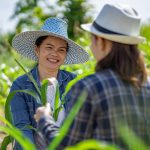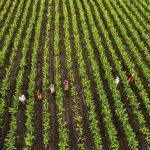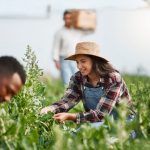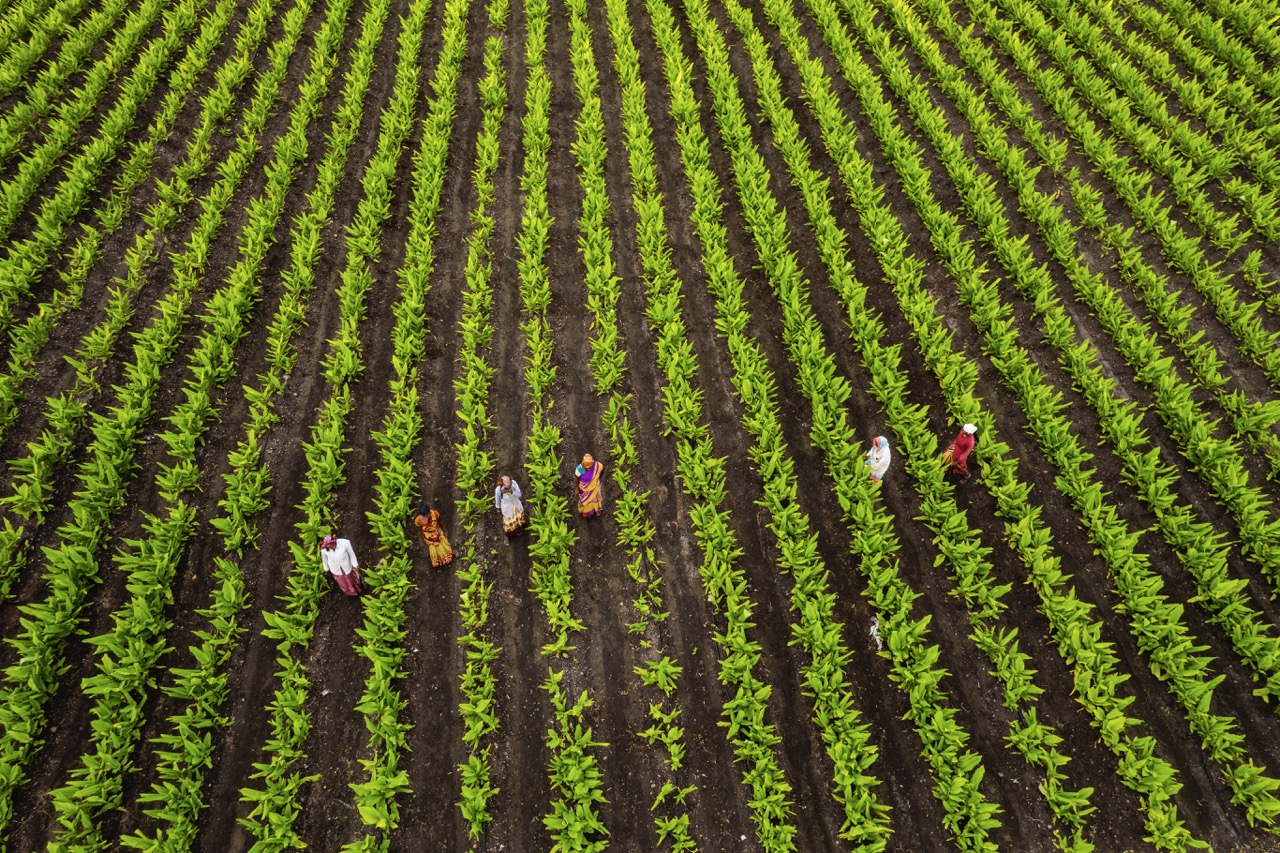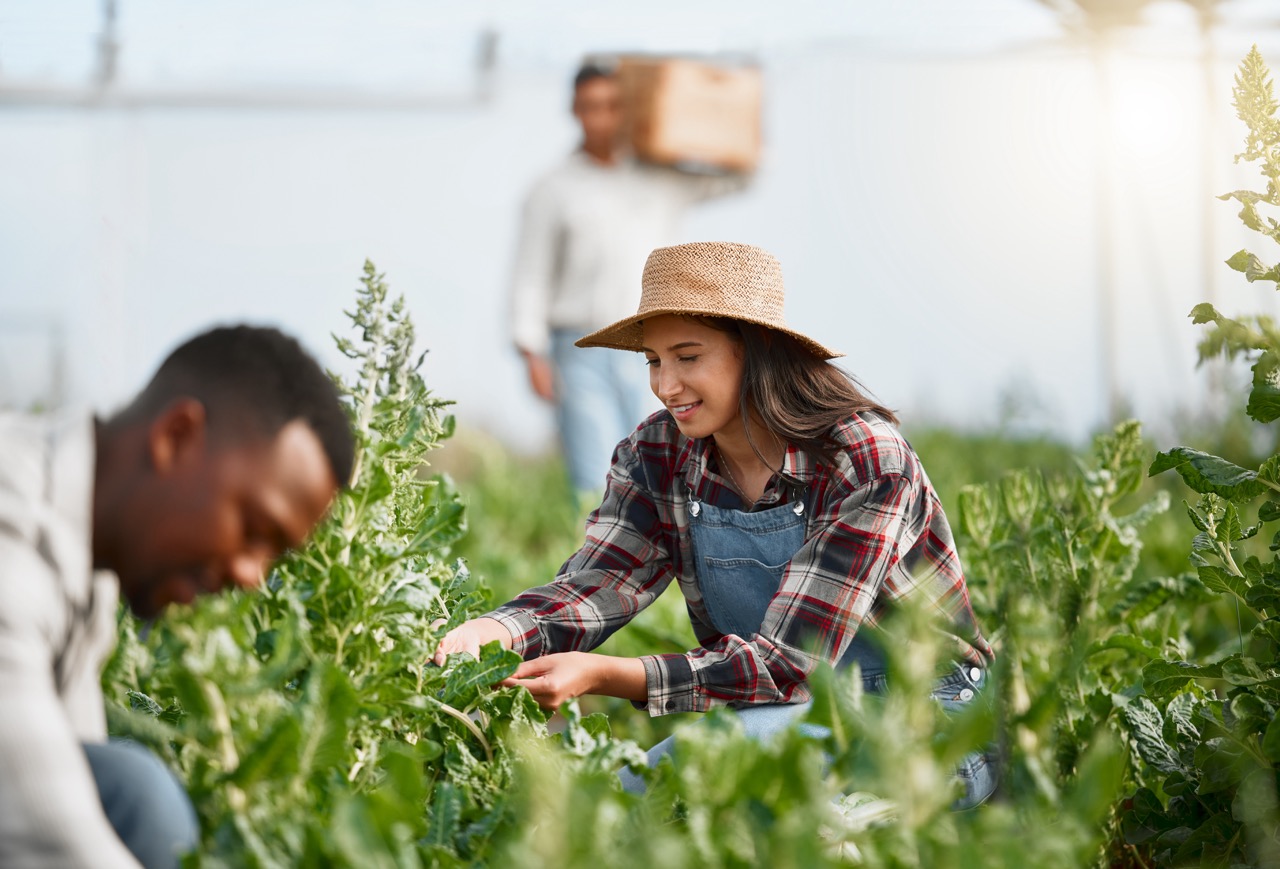Sharecropping, a system of agricultural production where landowners allow tenants to work on their land in exchange for a share of the crop, has played a pivotal role in shaping the agricultural landscape, particularly in the southern United States after the Civil War. While often criticized for perpetuating cycles of poverty and dependency, sharecropping also served as a mechanism for diversifying crops and introducing new agricultural practices. This article explores the complex relationship between sharecropping and agricultural diversification, addressing its historical significance, economic impacts, influence on rural practices, and the potential for sustainable farming in the future.
Understanding Sharecropping: A Historical Perspective
The origins of sharecropping can be traced back to the post-Civil War era in the United States, particularly in the South, where the plantation economy was in disarray. Landowners, facing labor shortages and economic instability, turned to sharecropping as a solution. This system allowed them to maintain control over their land while providing freed slaves and impoverished whites an opportunity to work and earn a living. The arrangement typically involved tenants cultivating cotton or tobacco, with a portion of the harvest going to the landowner as rent.
Despite its historical roots in exploitation and inequality, sharecropping also encouraged a certain degree of agricultural experimentation. Sharecroppers, often lacking resources, had to rely on their ingenuity to maximize their limited plots of land. This led to the adoption of diverse crop rotations and intercropping systems, which not only sustained the families involved but also contributed to the local economy. The survival strategies employed by sharecroppers often included diversifying their crops to mitigate risks associated with market fluctuations and poor harvests.
Moreover, sharecropping played a significant role in the gradual transition from monoculture to a more diversified agricultural system. As sharecroppers learned to cultivate a mix of crops, they inadvertently contributed to the enrichment of local biodiversity. This historical perspective highlights how sharecropping, while fundamentally flawed, created a space for agricultural experimentation and diversification that had lasting impacts on rural economies.
The Economic Impact of Sharecropping on Crop Diversity
The economic implications of sharecropping extend beyond mere survival; they also influenced the types of crops cultivated in rural areas. Sharecroppers often faced constraints such as limited access to credit and agricultural inputs, compelling them to rely on low-risk, high-demand crops like cotton. However, to counterbalance these risks, many sharecroppers began incorporating a variety of crops, including vegetables and grains, to ensure food security and supplement their incomes.
This diversification was not solely a function of necessity. Sharecroppers often engaged in local markets, where they discovered new opportunities for selling less common crops. The introduction of diverse agricultural products stimulated local economies and helped to stabilize incomes for sharecropping families. This economic diversification was crucial, especially during times of market volatility, as it provided sharecroppers with alternative sources of income and resources for their households.
Additionally, the economic dynamics of sharecropping encouraged innovation. Sharecroppers were motivated to experiment with new cropping techniques and varieties, leading to greater crop diversity in the region. As they navigated the complexities of market demands and resource limitations, sharecroppers contributed to a more nuanced agricultural economy that went beyond the traditional monoculture systems that had previously dominated Southern agriculture.
Sharecropping’s Influence on Rural Agricultural Practices
Sharecropping has significantly influenced rural agricultural practices, reshaping how communities approach farming. Due to the necessity of maximizing limited resources, sharecroppers often adopted sustainable practices that emphasized soil conservation and crop rotation. By rotating crops and interspersing different varieties, they not only maintained soil health but also enhanced resilience against pests and diseases.
These agricultural practices fostered a culture of shared knowledge among community members, as sharecroppers frequently exchanged techniques and strategies to cope with challenges. This collaborative approach to farming strengthened social networks and encouraged more sustainable agricultural practices, leading to improved crop yields and overall productivity. The embedded knowledge passed down through generations contributed to a richer understanding of local ecosystems and the importance of biodiversity in farming.
Despite the challenges inherent in sharecropping, this system also encouraged innovation in rural agricultural practices. Sharecroppers often adopted new technologies and methods, driven by necessity and the desire for better yields. From the use of cover crops to integrated pest management, these adaptations reflect the resilience and resourcefulness of sharecropping communities in their pursuit of sustainability and food security.
Future Directions: Sharecropping and Sustainable Farming
Looking ahead, sharecropping presents both challenges and opportunities in the context of sustainable farming. Recognizing the historical significance of sharecropping can inform contemporary agricultural policy, encouraging a focus on equitable land access and support for smallholder farmers. Policymakers could draw from the lessons of sharecropping to design programs that promote agricultural diversity while providing necessary resources and training for sustainable practices.
Additionally, the integration of technological advancements offers a pathway for modern sharecropping arrangements to thrive. Innovations in precision agriculture, sustainable pest management, and soil health monitoring can empower sharecroppers to diversify their crops effectively while maximizing productivity. By embracing technology, sharecroppers can achieve greater economic stability while contributing to the sustainability of rural ecosystems.
Finally, the potential for cooperatives and collective farming ventures can revitalize the sharecropping model, creating networks of support that encourage sustainable practices. By pooling resources and knowledge, sharecroppers can diversify their crops more effectively and access broader markets. This collaborative approach could redefine sharecropping as not merely a means of survival but as a pathway towards sustainable and resilient agricultural systems that benefit both the environment and local communities.
In conclusion, sharecropping has played a multifaceted role in agricultural diversification throughout its history. While often associated with economic hardship and dependency, it has also fostered innovation and resilience in rural communities. By understanding its historical context and envisioning future pathways, stakeholders can harness the lessons of sharecropping to promote sustainable farming practices that benefit both the economy and the environment. As we look to the future, it is essential to recognize the potential of sharecropping to contribute to a more diverse, equitable, and sustainable agricultural landscape.
